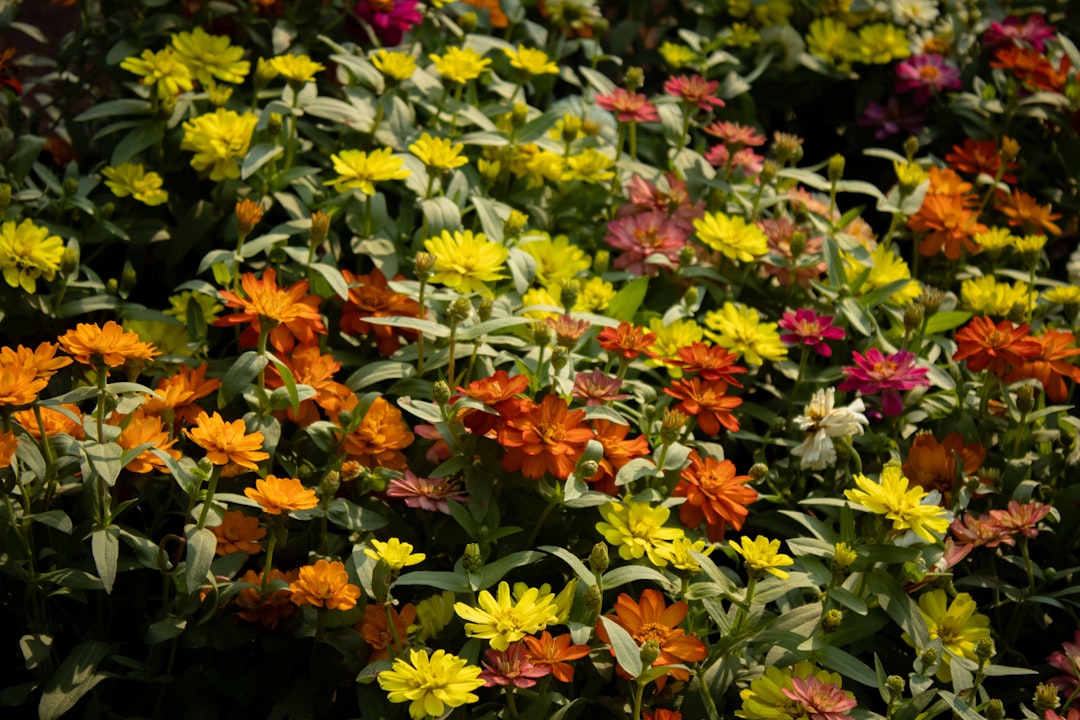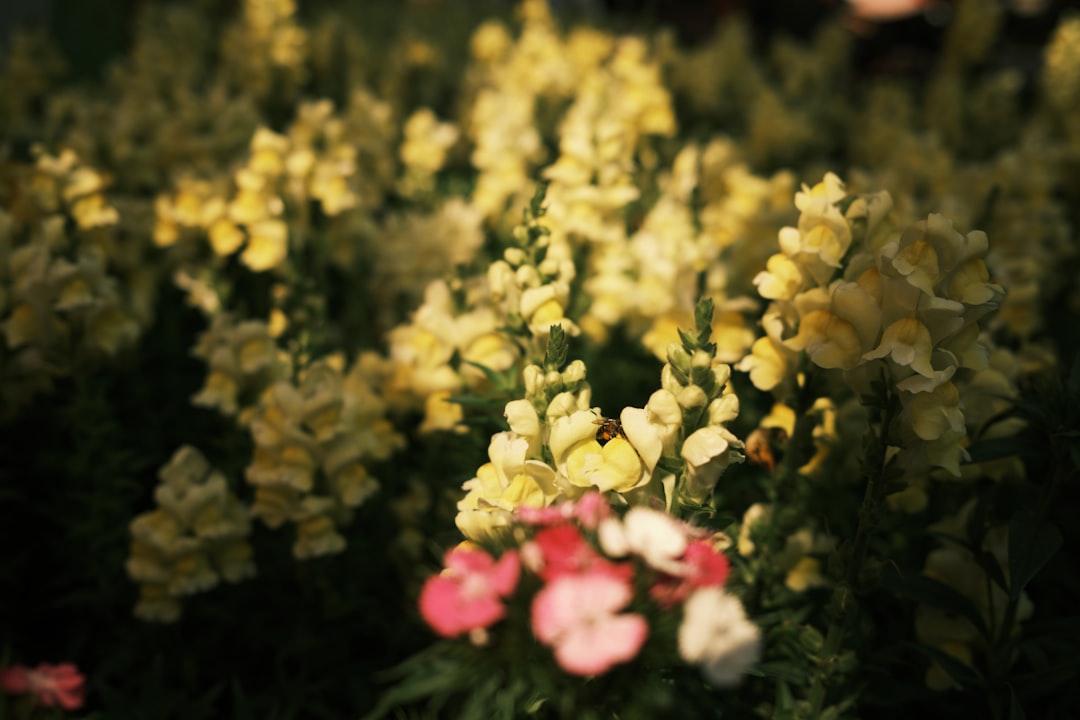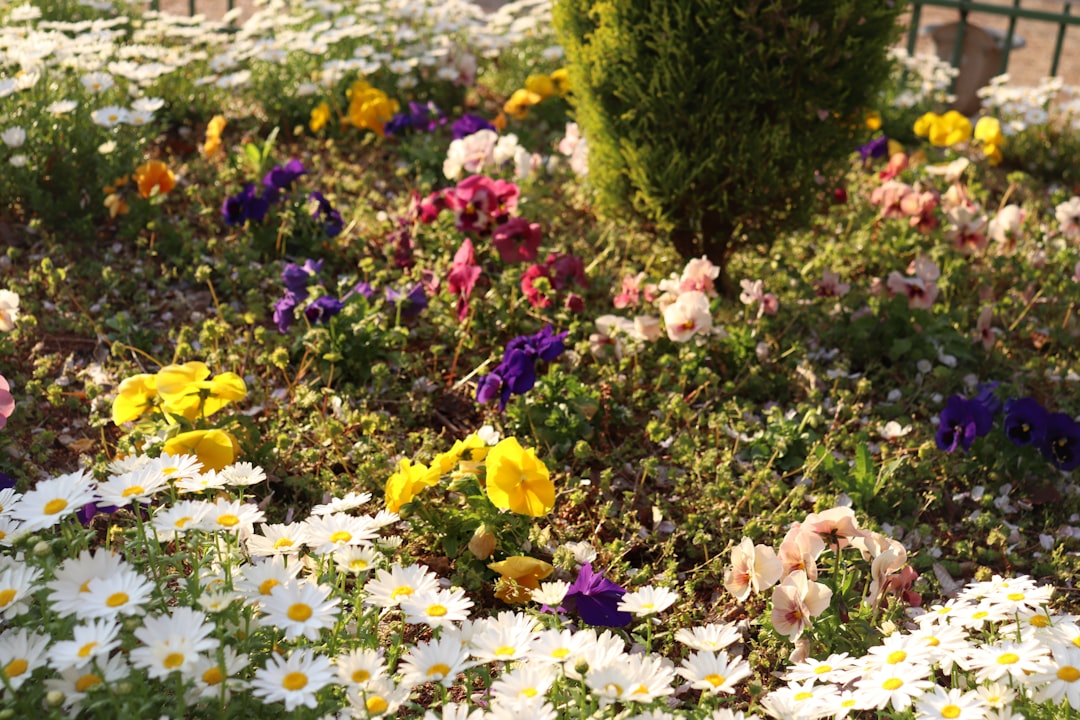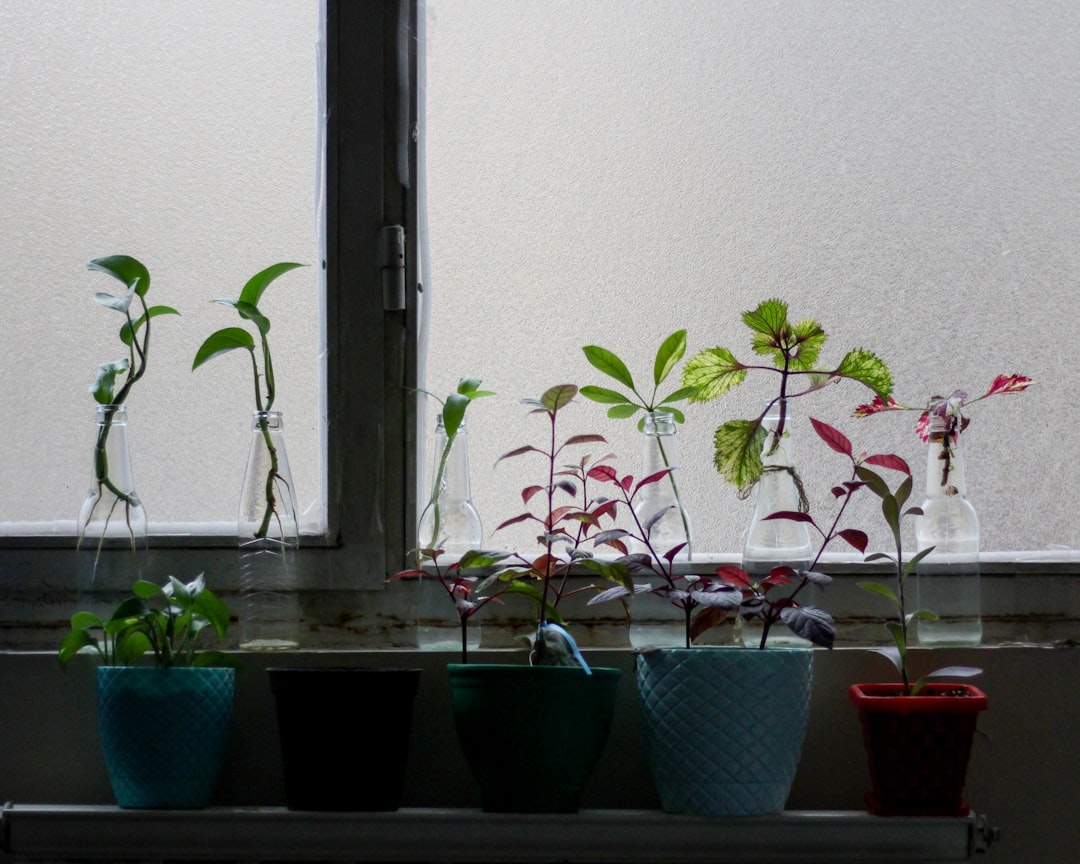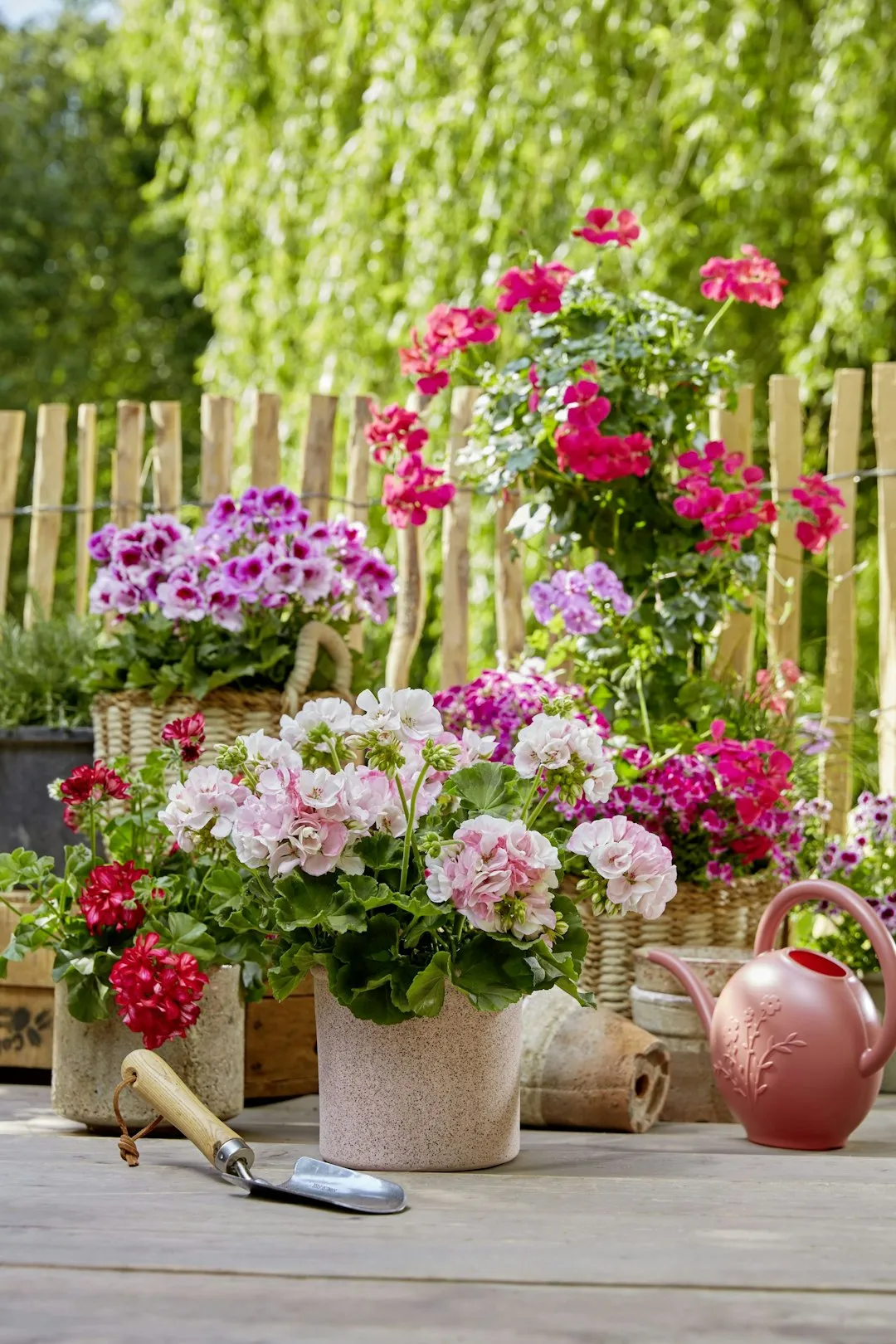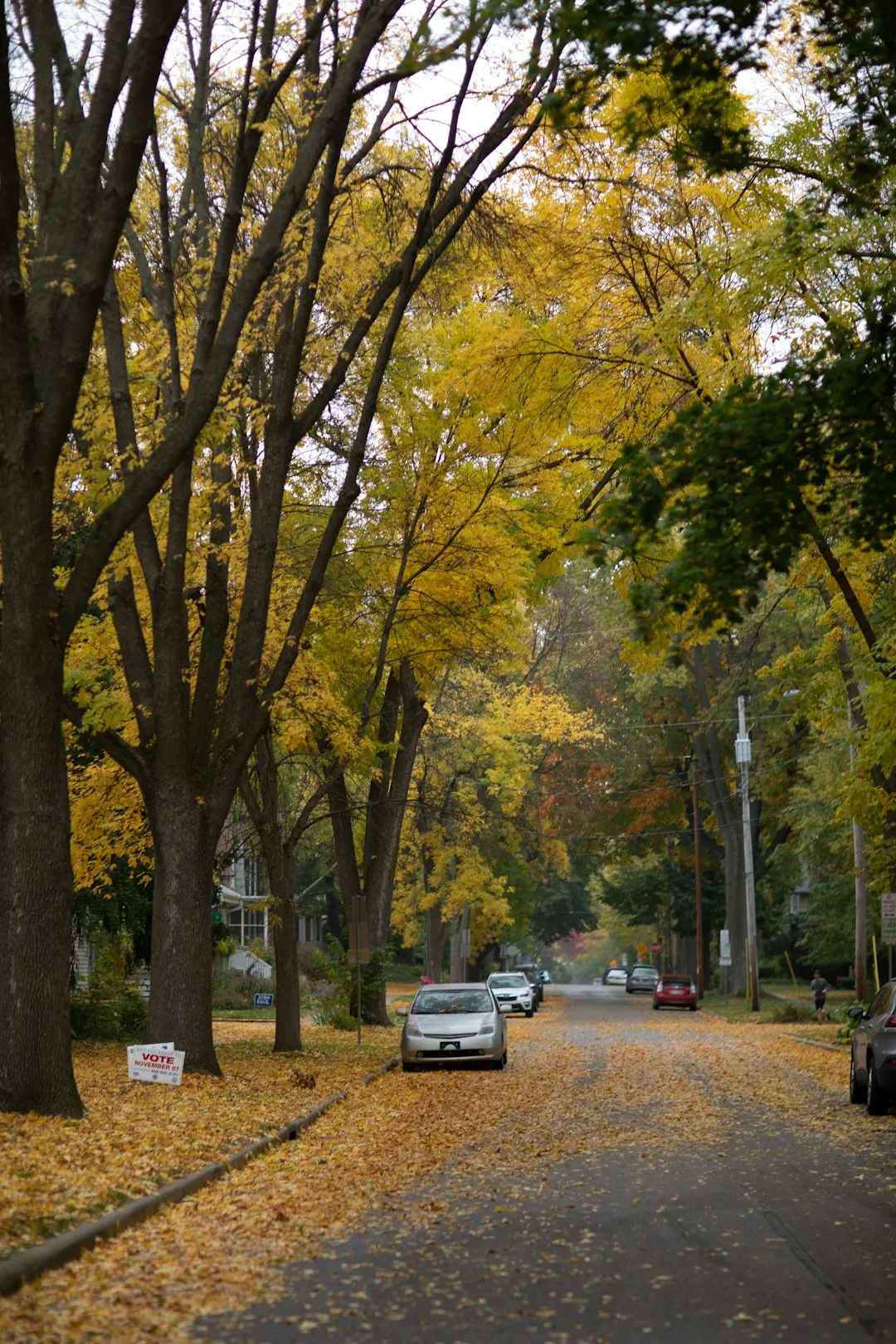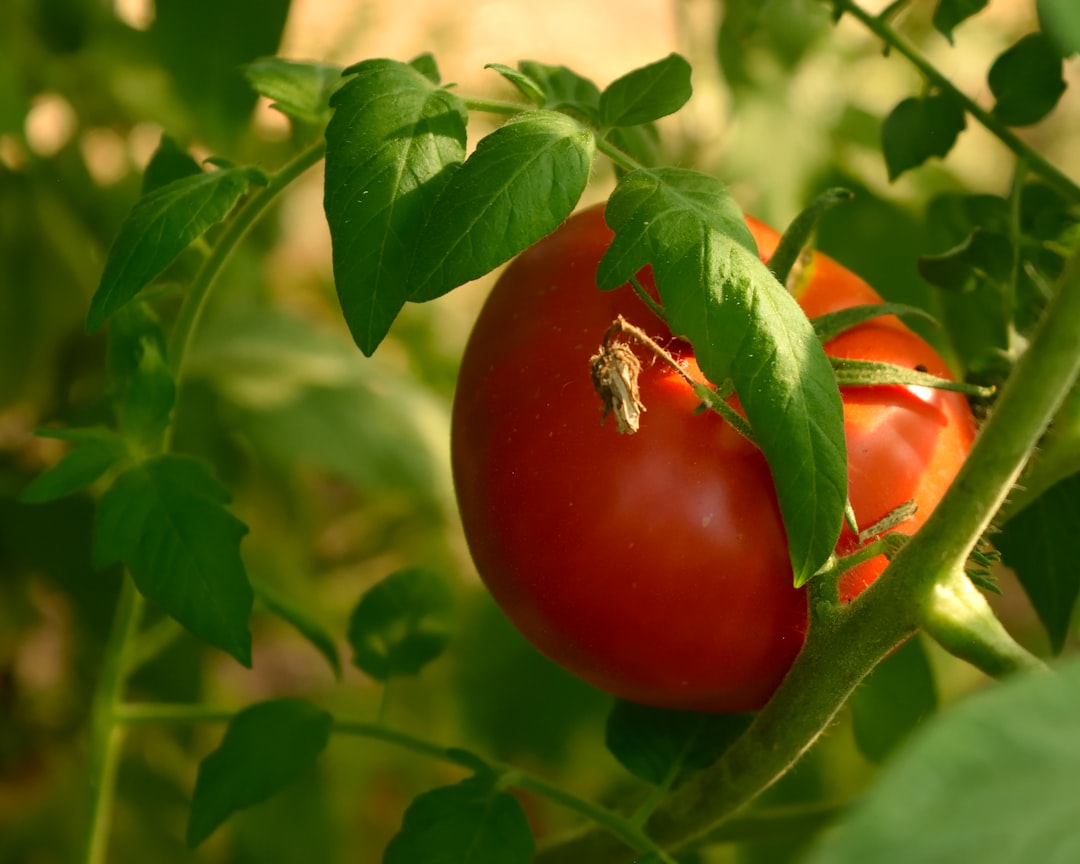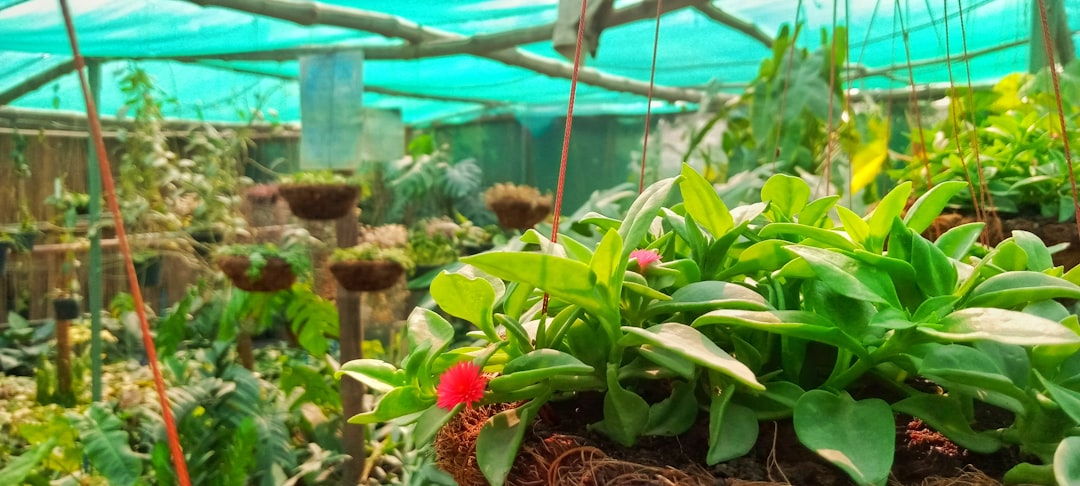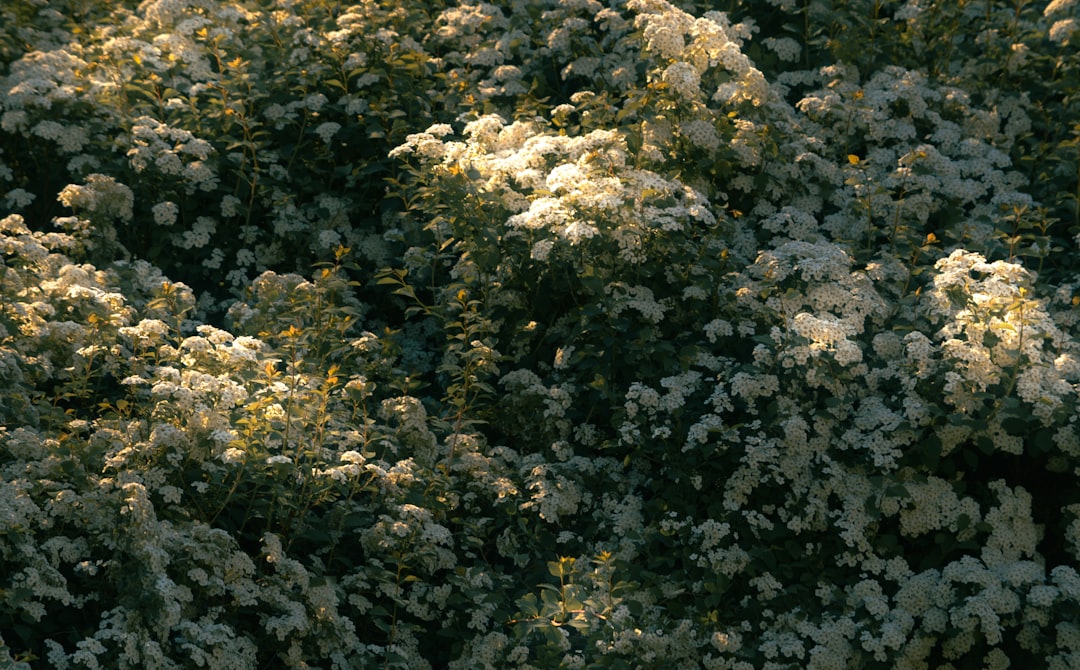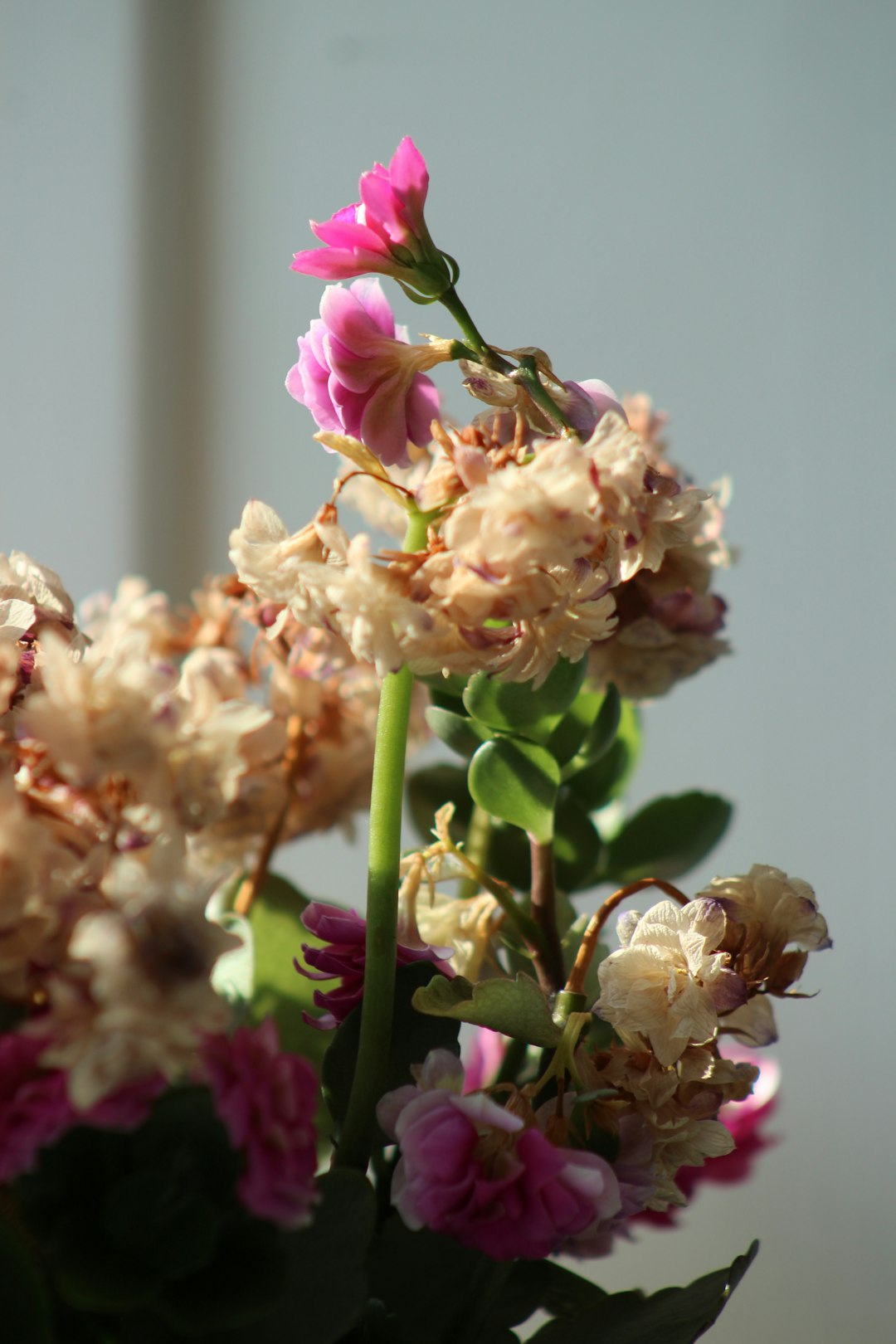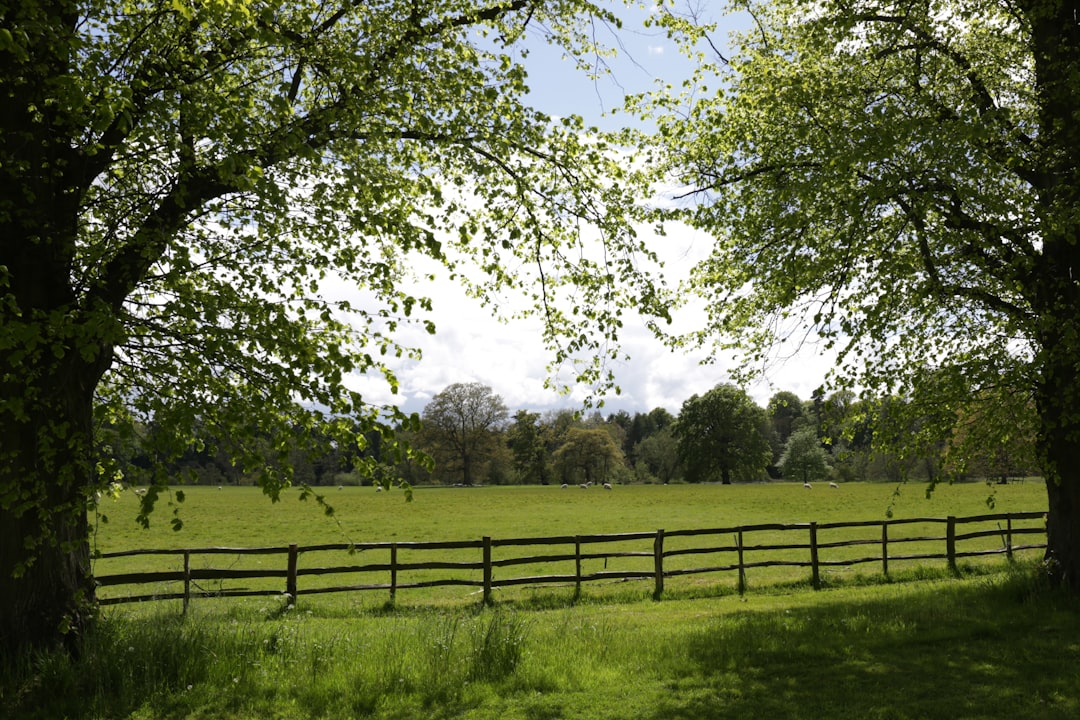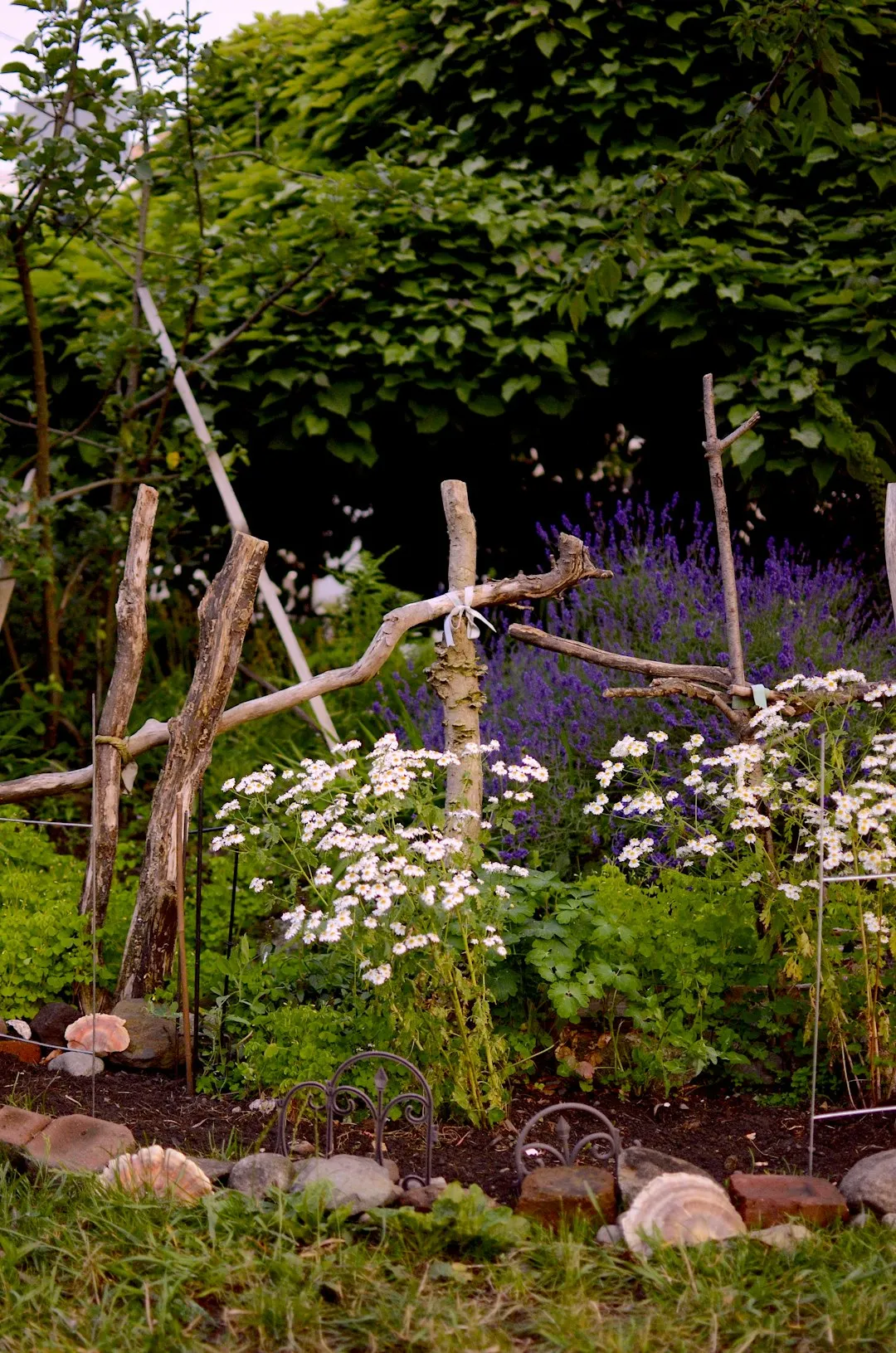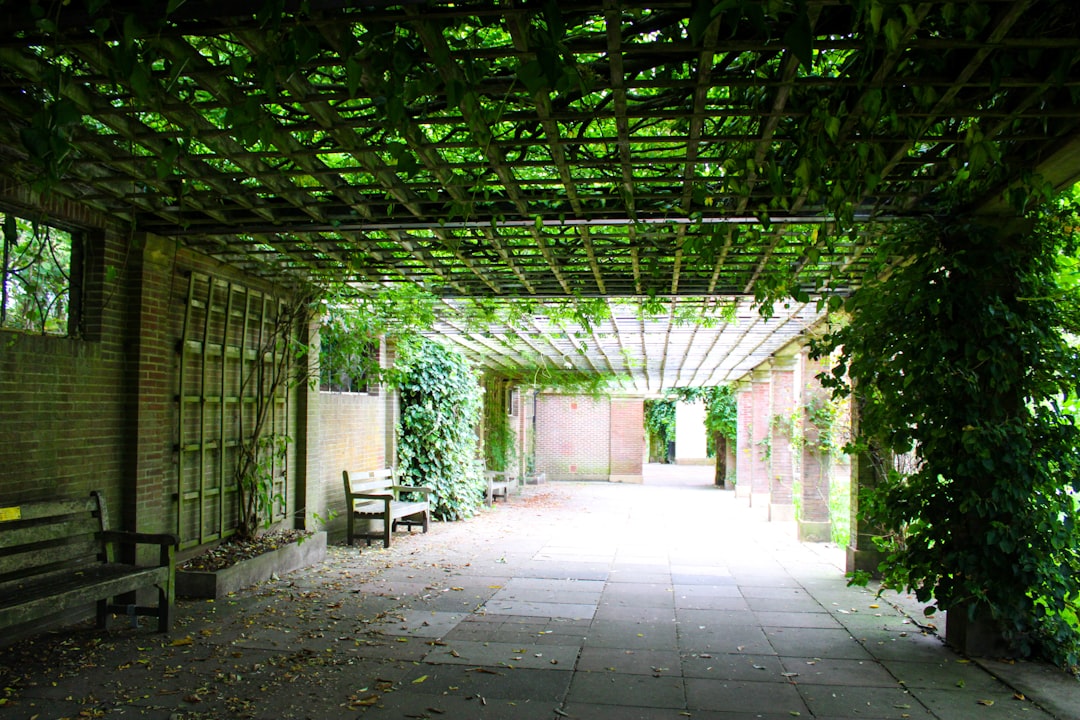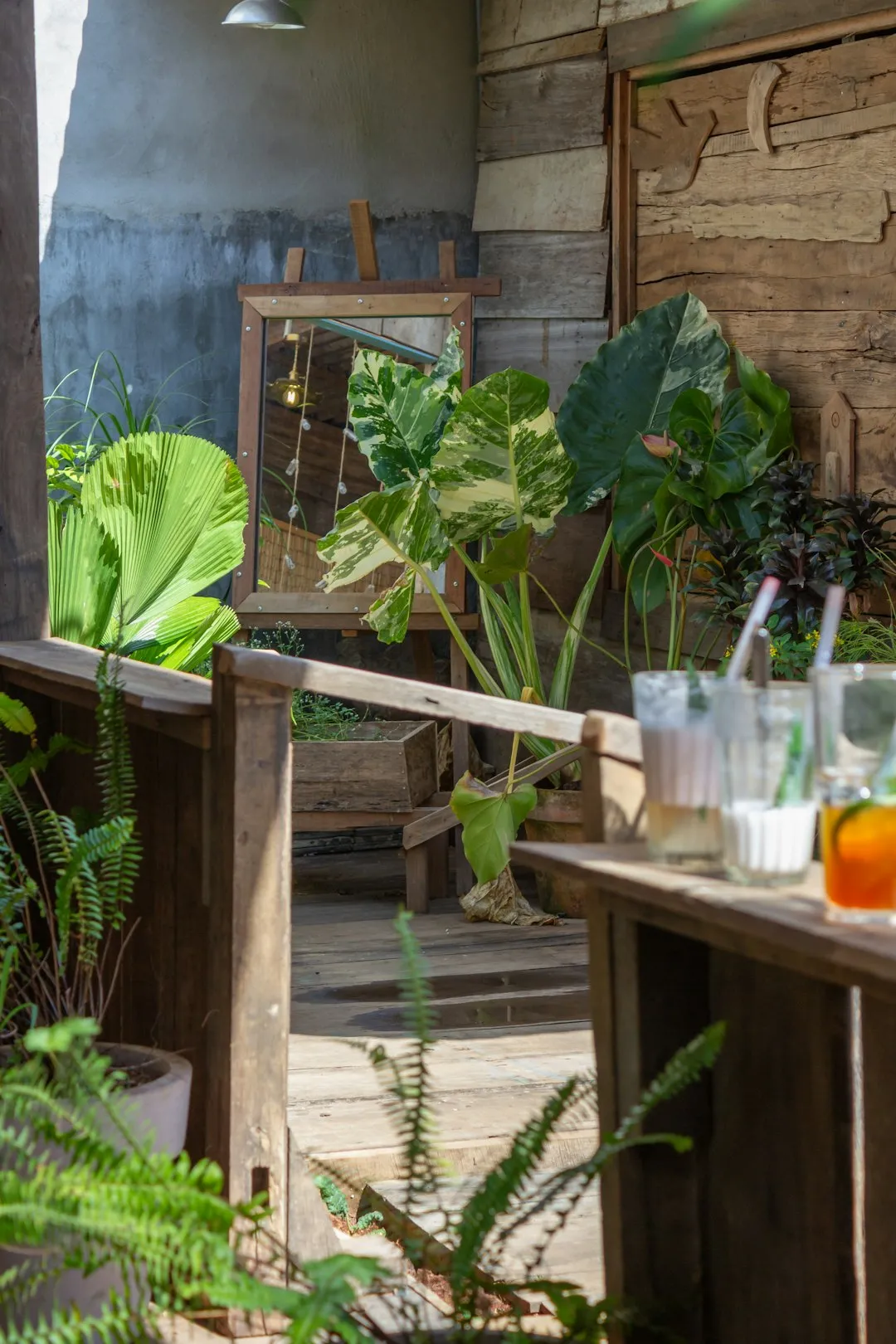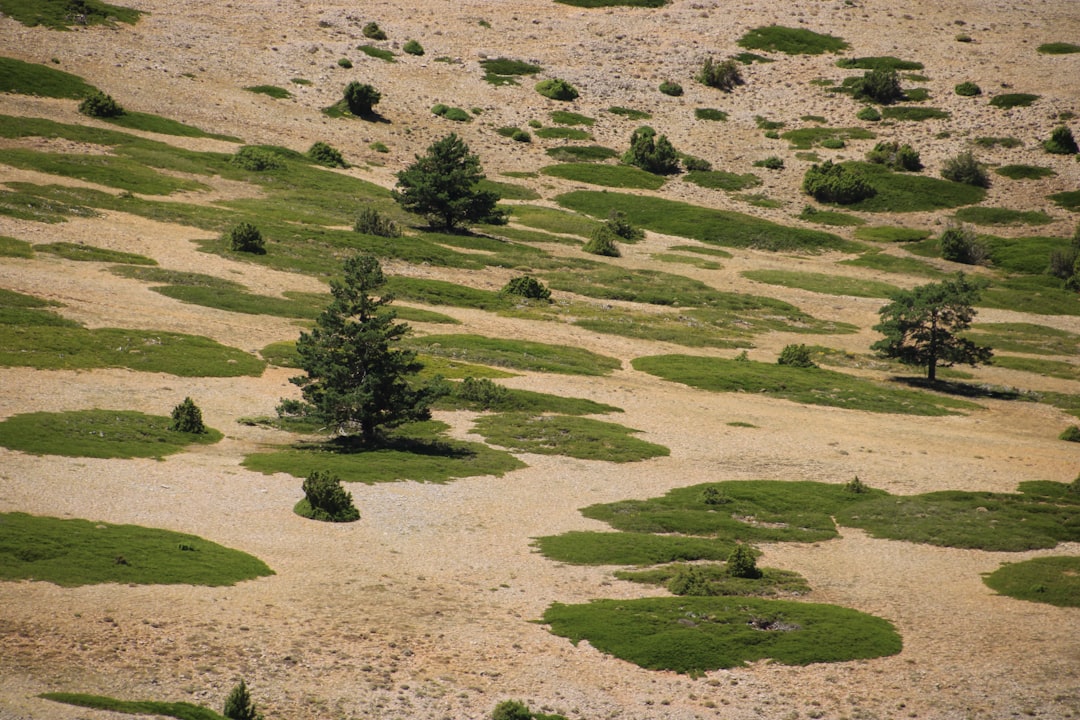
When it comes to gardening, finding a low - maintenance yet beautiful plant can be a real treasure. One such gem in the world of shrubs is the black chokeberry. In this article, we will explore how to use and care for this native shrub, along with some planting tips and the best types to grow.
Black chokeberry, scientifically known as Aronia melanocarpa, is a deciduous shrub that offers a plethora of benefits. It is native to eastern North America and has adapted well to a variety of soil and climate conditions, making it an ideal choice for both novice and experienced gardeners.
Appearance and Ornamental Value
The black chokeberry is a multi - stemmed shrub that typically grows to a height of 3 - 6 feet, with a similar spread. In the spring, it produces clusters of small, white to pinkish flowers. These flowers not only add a touch of elegance to the garden but also attract pollinators such as bees and butterflies. As the seasons progress, the shrub develops dark green leaves that turn a brilliant red in the fall, providing a stunning display of color.
After the flowers fade, the black chokeberry produces small, round, black berries. These berries are not only visually appealing but also have several uses. They can be used to make jams, jellies, and even wines. Additionally, they are rich in antioxidants, which are beneficial for human health.
Planting Tips
Before planting a black chokeberry, it is important to choose the right location. This shrub prefers full sun to partial shade. While it can tolerate some shade, it will produce more flowers and berries in a sunnier spot. The soil should be well - drained, but the black chokeberry is quite adaptable and can grow in a range of soil types, including sandy, loamy, and clay soils. However, it thrives best in slightly acidic to neutral soil.
When planting, dig a hole that is twice as wide and just as deep as the root ball of the shrub. Gently place the shrub in the hole, making sure that the top of the root ball is level with the surrounding soil. Backfill the hole with soil, firming it gently around the base of the shrub. Water the newly planted shrub thoroughly to help settle the soil around the roots.
Care and Maintenance
One of the greatest advantages of the black chokeberry is its low - maintenance nature. Once established, it is relatively drought - tolerant. However, during the first growing season, it is important to keep the soil evenly moist to help the shrub develop a strong root system. After that, you can reduce the frequency of watering, especially if there is sufficient rainfall.
Fertilizing is not usually necessary for black chokeberries. If the soil is poor, you can apply a slow - release, balanced fertilizer in the spring. Pruning is also minimal. You can prune the shrub in late winter or early spring to remove any dead, damaged, or diseased branches. You can also shape the shrub at this time if desired, but be careful not to over - prune, as this can reduce the number of flowers and berries.
Best Types to Grow
There are several cultivars of black chokeberry available, each with its own unique characteristics. 'Autumn Magic' is a popular cultivar known for its outstanding fall color. It has a more compact growth habit, making it suitable for smaller gardens. 'Viking' is another excellent choice. It produces large berries and has a high yield, making it a great option if you plan to harvest the berries for culinary purposes.
In conclusion, the black chokeberry is a wonderful addition to any garden. Its low - maintenance nature, beautiful appearance, and useful berries make it a plant that is both practical and aesthetically pleasing. Whether you are looking to add some color to your landscape or want to grow your own edible berries, the black chokeberry is definitely worth considering.
